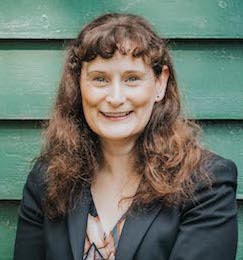
Do sugar taxes, or voluntary schemes, hit a sweet spot?
Whether we realise it or not, sugar has become a huge part of our everyday lives. What used to be an occasional treat is now commonplace – leading cakes, biscuits and confectionary to become part of staple consumption. But consuming too much ‘added’ sugar is associated with diet related diseases – from tooth decay and […]

How should we develop common frameworks across the UK?
Common frameworks are non-binding agreements between the UK Government and Devolved Administrations setting out how they will work together on a range of policy areas. Why are common frameworks needed, and what do they do? Jessica Sellick investigates. ……………………………………………………………………………………………….. What are common frameworks? Back in 2017, a subcommittee of the Joint Ministerial Committee (JMC) provided […]

What does the future public service workforce look like?
Back in July 2022 the House of Lords Public Services Committee published its report ‘Fit for the future? Rethinking the public services workforce’. This identified how public sector staffing was “facing a crisis” due to a “vicious circle” of increasing demand, staff shortages, low morale and recruitment issues. What does this crisis mean for rural […]

Exploring Rural Content in Public Service Media
Public Service Broadcasting (PSB) refers to broadcasting intended for public benefit rather than to serve purely commercial interests. Ofcom, the UK’s communications regulator, requires these broadcasters to fulfil certain requirements as part of their licence to broadcast. How do PSBs reflect rural communities and perspectives in their programming and outputs? Jessica Sellick investigates. ……………………………………………………………………………………………….. What […]

Is remote and flexible working the ‘new normal’?
Coronavirus lockdowns in 2020 and 2021 saw many employees compelled to work from home. While employers have had different perspectives on employees returning to their offices and places of work since then, the pandemic has accelerated discussion around more flexible working. What do these new and emerging work patterns mean for the future of work […]



![regulation Going for [rural] growth – how can regulators make a difference?](https://ruralwords.co.uk/wp-content/uploads/2025/03/regulation-1024x683-128x68.jpg)

